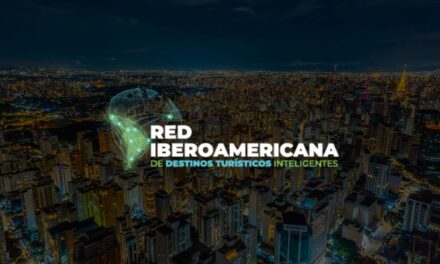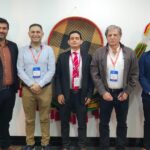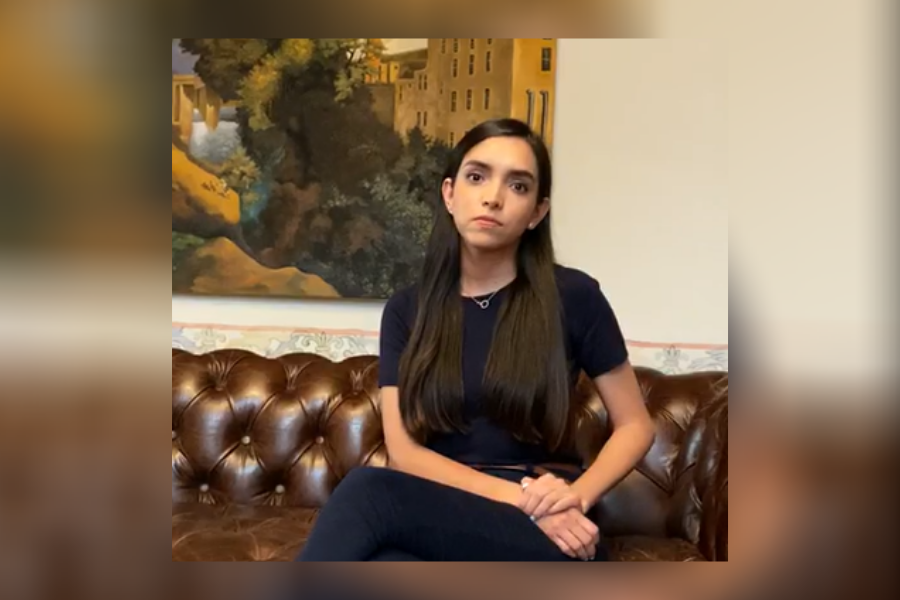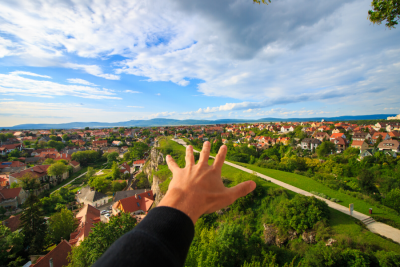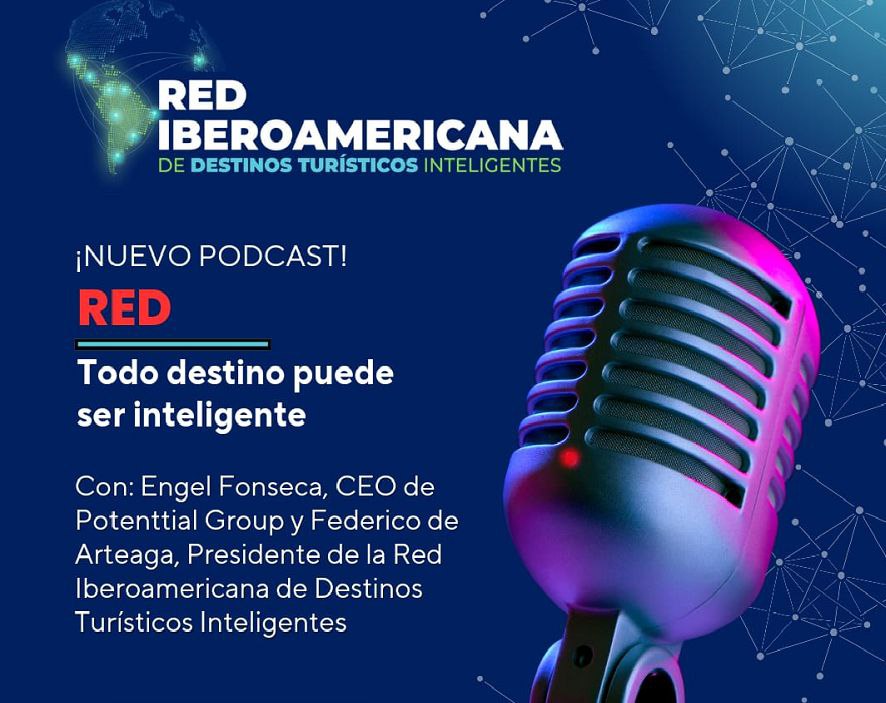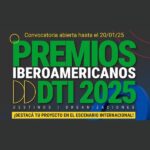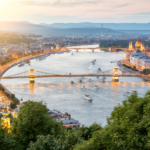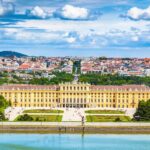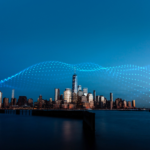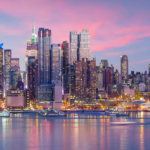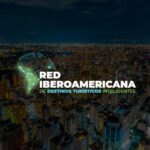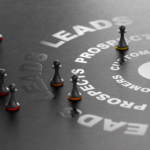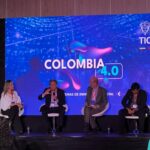
THE PLACE BUREAU, a new vantage point on making places
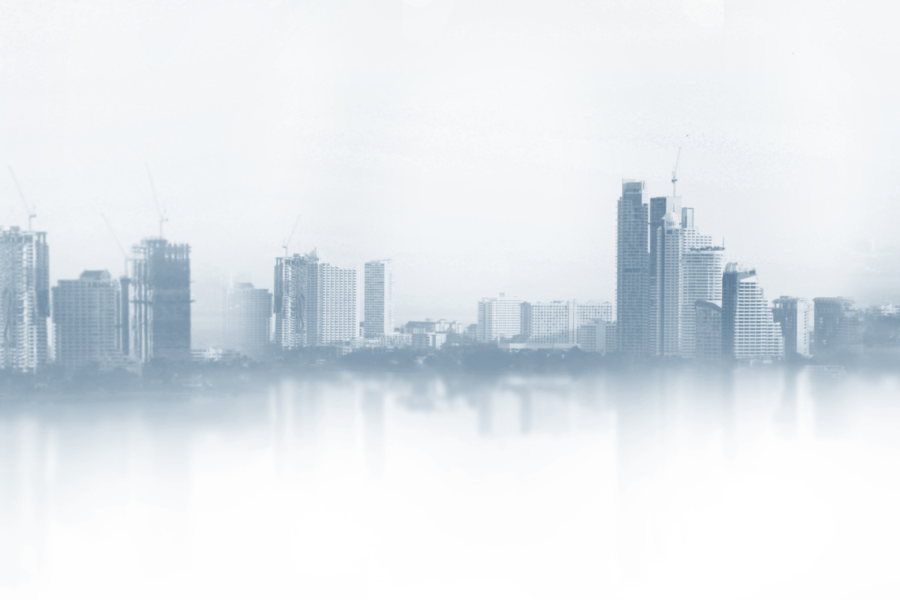
Interview to Rosanna Vitiello, Cultural Strategy and Destination Design for Places » Co-founder at The Place Bureau.
How do you define experience design, and how can it be applied to a city that seeks to strengthen its traditions, authenticity and personality?
For me, experience design is about making a powerful emotional connection to a place, telling a story through the spaces you design and the journeys you guide people on. We always start with the feelings we want to encourage in people: how should this place move them? What do they see, do and think when they leave us? And we do so, much in the same way a musician or a conductor of an orchestra does, by choreographing a whole series of triggers for that emotion, over time: sound, light, texture, story, color. We play with pace, contrast and ritual as ways to structure these complex elements. You can find a whole series of interviews I did on this subject at Local Legends, like this one with long time collaborator and creative director Dennis Cohen.
The first step in applying this to a city, is to really get to know its personality. I’ve been working on a body of research for the last 15 years called Urban Lexicons, which explores how a city speaks to us, and how we speak back as active players in a place. We use different techniques including photography and video to understand ‘place personality’ how people read a place, and how its character comes through the experience of simply walking down a street.
But it’s also important to work with stories and histories. I work with the idea of a places ‘hey-day’ and explore what a place valued at its peak or its origin. I have been working for many years with the team at Irish Distillers on their Middleton campus, also a small town with a huge story for the cultural patrimony of Ireland and the Irish Whiskey Industry. We went back to the moment the site started a whiskey revolution, actually born from a moment of crisis, as our inspiration for all elements of the experience design.
Mexican cities have some of the most characterful personalities, and dramatic stories to tell.
That is your starting point!
Do cultural centers, museums, have a very specific public; how do you access this market from a small city to be in this very interesting segment?
Cultural Centers and museums are breaking out of the box — they had to do so over the pandemic, and in order to stay alive with stiff competition from other entertainment and leisure industries. That means both making their buildings more transparent and open into public space, finding new programmes and elevating their digital capabilities.
We define culture as simply a community of interest, and that community can come from anywhere in the world because they are so passionate. We often work with subcultures as drivers of powerful cultural scenes, whether that is artists or film-buffs, foodies or cocktail-lovers. Once you understand their motivations, you can access these scenes on-line and build genuine relationships by sharing quality content. You can start conversations with pioneers in this scene and invite them as ambassadors. Then expand that audience by building festivals and programmes to show why your small city could be the heart of that subculture. And finally, building permanent places for those people to meet, and importantly for that culture to be generated.
We have a model we call Destination Diagnosis which helps you define what your place can offer, the subcultures you work with are, and how to shape a proposition and programme to suit them.
Public space is fundamental when designing cities and giving better living space to its residents and tourists; what are the successful strategies that you have carried out and what success stories could you tell me about?
Successful public spaces are platforms. Some of our developer clients are now starting to appreciate that ‘we don’t build culture, but build cultural infrastructure’ — which means they set the conditions for great things to happen, and enable communities to take the space over themselves.
Many of the best public spaces have an openness that support people to use it in myriad of ways, whether to host a party, get fit, find some respite or even start a business. But designers can build in triggers to encourage people to think more openly about what the space can be used for. In my experience, Mexican public spaces are very inventive places, where we see people re-interpreting how a place can be used. And through that you get a sense of the investment people put into a place (rather than just corporations or governments) in essence, that’s a place with soul! We wrote about this in our last paper for Urban Lexicons, on rewriting our relationship with a place.
Some success stories we see are in the linear park movement that grew after the success of the Highline. I worked with the Waterloo Greenway in Austin, Texas, with the team at Bruce Mau Design to help define the experience and the brand. This was a huge restoration of a creek, and one of the challenges was that people were scared to go down there, because the quiet atmosphere was very different to busy surrounding downtown. The team played off that ‘otherworldly’ quality to turn the place into a journey of discovery, create a brand that was a wonderland of nature and culture and weird and wonderful night events like the Creek Show light show that got people to experience it in safe but also fantastical ways.
Rosanna Vitiello is a creative director and urban strategist focusing on public places, cultures and experience design. Her work unlocks the power of place through cultural insights and narrative-led design. Commercially and culturally savvy, She’s partner with museums and masterplanners, cities and communities, brands and developers. Thinking beyond industry divisions, and instead about what connects us to place, this work opens our imagination about the future of the cities and landscapes we are part of.
Working worldwide across languages, she creates forward-thinking strategies and design for award-winning destinations and public spaces. She ensures urban-scale projects communicate on a face-to-face level, thinking big and across all media; from public pavillion to immersive film to street workshop.
Entrevista en Español.
¿CÓMO DEFINES EL DISEÑO DE EXPERIENCIAS Y CÓMO SE PUEDE APLICAR A UNA CIUDAD QUE BUSCA FORTALECER SUS TRADICIONES, AUTENTICIDAD Y PERSONALIDAD?
Para mí, el diseño de experiencias se trata de crear una poderosa conexión emocional con un lugar, contar una historia a través de los espacios que diseñas y los viajes por los que guías a las personas. Siempre comenzamos con los sentimientos que queremos fomentar en las personas: ¿cómo debería emocionarlos este lugar? ¿Qué ven, hacen y piensan cuando nos dejan? Y lo hacemos, de la misma manera que lo hace un músico o un director de orquesta, coreografiando toda una serie de desencadenantes de esa emoción, a lo largo del tiempo: sonido, luz, textura, historia, color. Jugamos con el ritmo, el contraste y el ritual como formas de estructurar estos elementos complejos. Puedes encontrar toda una serie de entrevistas que hice sobre este tema en Local Legends, como esta con el director creativo y colaborador de mucho tiempo Dennis Cohen.
El primer paso para aplicar esto a una ciudad es conocer realmente su personalidad. He estado trabajando en un cuerpo de investigación durante los últimos 15 años llamado Urban Lexicons, que explora cómo nos habla una ciudad y cómo respondemos como actores activos en un lugar. Usamos diferentes técnicas que incluyen fotografía y video para comprender la ‘personalidad del lugar’, cómo la gente lee un lugar y cómo su carácter surge a través de la experiencia de simplemente caminar por una calle.
Pero también es importante trabajar con relatos e historias. Trabajo con la idea de un lugar de apogeo y exploro lo que un lugar valoró en su apogeo o en su origen. He estado trabajando durante muchos años con el equipo de Irish Distillers en su campus de Middleton, también una pequeña ciudad con una gran historia para el patrimonio cultural de Irlanda y la industria del whisky irlandés. Volvimos al momento en que el sitio comenzó una revolución del whisky, en realidad nació de un momento de crisis, como nuestra inspiración para todos los elementos del diseño de la experiencia.
Las ciudades mexicanas tienen algunas de las personalidades con más carácter e historias dramáticas que contar.
¡Ese es tu punto de partida!
¿LOS CENTROS CULTURALES, LOS MUSEOS, TIENEN UN PÚBLICO MUY ESPECÍFICO; ¿CÓMO SE ACCEDE A ESTE MERCADO DESDE UNA CIUDAD PEQUEÑA PARA ESTAR EN ESTE SEGMENTO TAN INTERESANTE?
Los centros culturales y los museos se están saliendo de la caja: tuvieron que hacerlo durante la pandemia y para mantenerse con vida frente a la dura competencia de otras industrias del entretenimiento y el ocio. Eso significa hacer que sus edificios sean más transparentes y abiertos al espacio público, encontrar nuevos programas y elevar sus capacidades digitales.
Definimos la cultura simplemente como una comunidad de interés, y esa comunidad puede provenir de cualquier parte del mundo porque son muy apasionados. A menudo trabajamos con subculturas como impulsoras de poderosas escenas culturales, ya sean artistas o cinéfilos, amantes de la comida o de los cócteles. Una vez que comprenda sus motivaciones, podrá acceder a estas escenas en línea y construir relaciones genuinas compartiendo contenido de calidad. Puedes iniciar conversaciones con pioneros en esta escena e invitarlos como embajadores. Luego expandir esa audiencia creando festivales y programas para mostrar por qué su pequeña ciudad podría ser el corazón de esa subcultura. Y finalmente, construir lugares permanentes para que esas personas se reúnan, y lo importante para que se genere esa cultura.
Tenemos un modelo que llamamos Diagnóstico de destino que lo ayuda a definir qué puede ofrecer su lugar, las subculturas con las que trabaja y cómo dar forma a una propuesta y un programa que se adapte a ellas.
EL ESPACIO PÚBLICO ES FUNDAMENTAL A LA HORA DE DISEÑAR CIUDADES Y DAR UN MEJOR ESPACIO DE VIDA A SUS RESIDENTES Y TURISTAS; ¿CUÁLES SON LAS ESTRATEGIAS EXITOSAS QUE HA LLEVADO A CABO Y QUÉ CASOS DE ÉXITO PODRÍA CONTARME?
Los espacios públicos exitosos son plataformas. Algunos de nuestros clientes desarrolladores ahora están comenzando a apreciar que ‘no construimos cultura, pero construimos infraestructura cultural’, lo que significa que establecen las condiciones para que sucedan grandes cosas y permiten que las comunidades tomen el control del espacio por sí mismas.
Muchos de los mejores espacios públicos tienen una apertura que ayuda a las personas a usarlos de innumerables maneras, ya sea para organizar una fiesta, ponerse en forma, encontrar un respiro o incluso iniciar un negocio. Pero los diseñadores pueden incorporar disparadores para alentar a las personas a pensar más abiertamente sobre para qué se puede usar el espacio. En mi experiencia, los espacios públicos mexicanos son lugares muy inventivos, donde vemos personas reinterpretando cómo se puede usar un lugar. Y a través de eso, obtienes una idea de la inversión que la gente pone en un lugar (en lugar de solo corporaciones o gobiernos) en esencia, ¡ese es un lugar con alma! Escribimos sobre esto en nuestro último artículo para Urban Lexicons, sobre la reescritura de nuestra relación con un lugar.
Algunas historias de éxito que vemos están en el movimiento de parques lineales que creció después del éxito de Highline. trabajé con el Waterloo Greenway en Austin, Texas, con el equipo de Bruce Mau Design para ayudar a definir la experiencia y la marca. Esta fue una gran restauración de un arroyo, y uno de los desafíos fue que la gente tenía miedo de ir allí, porque el ambiente tranquilo era muy diferente al ajetreado entorno del centro. El equipo aprovechó esa cualidad «de otro mundo» para convertir el lugar en un viaje de descubrimiento, crear una marca que fuera un país de las maravillas de la naturaleza y la cultura y eventos nocturnos extraños y maravillosos como el espectáculo de luces Creek Show que hizo que la gente lo experimentara de forma segura, pero también formas fantásticas.
Rosanna Vitiello es directora creativa y estratega urbana centrada en lugares públicos, culturas y diseño de experiencias. Su trabajo desbloquea el poder del lugar a través de conocimientos culturales y diseño narrativo. Con conocimientos comerciales y culturales, es socia de museos y planificadores maestros, ciudades y comunidades, marcas y desarrolladores. Pensando más allá de las divisiones de la industria y, en cambio, sobre lo que nos conecta con el lugar, este trabajo abre nuestra imaginación sobre el futuro de las ciudades y los paisajes de los que formamos parte.
Trabajando en todo el mundo en varios idiomas, crea estrategias y diseños con visión de futuro para destinos y espacios públicos galardonados. Se asegura de que los proyectos a escala urbana se comuniquen cara a cara, pensando en grande y en todos los medios; desde el pabellón público hasta la película inmersiva y el taller callejero.

